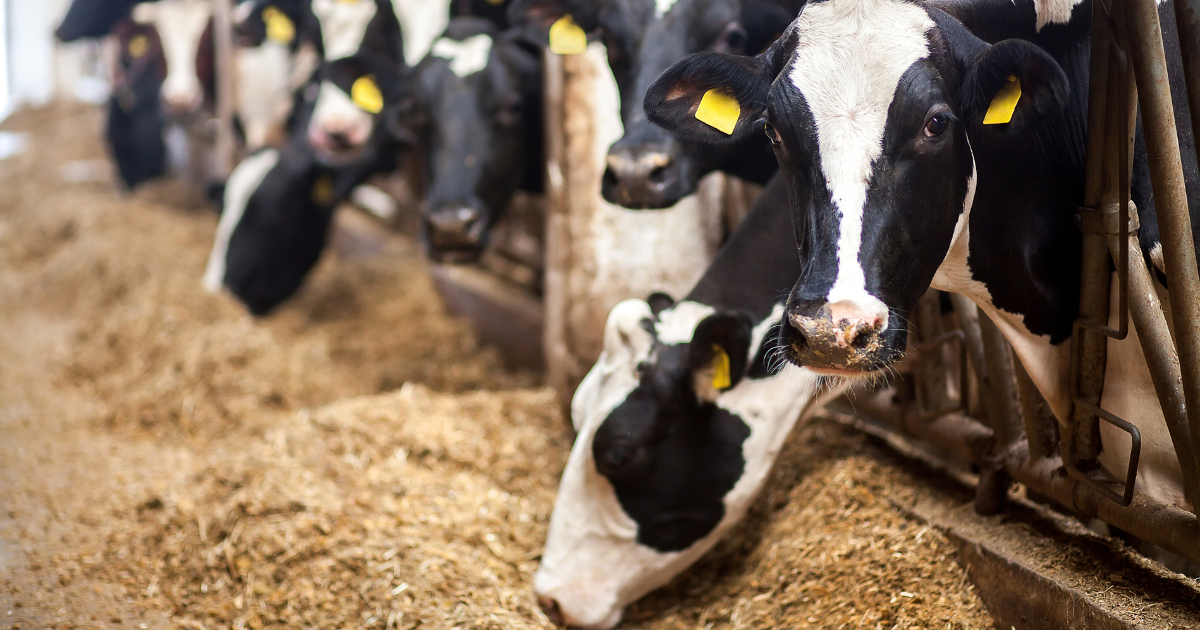
Clostridial disease - latest advice following vaccine shortage
Last year’s supply problems of various sizes of the Heptavac® P Plus vaccine made clostridial disease and pasteurellosis management challenging for some sheep farmers. But what’s the latest?
Vet advisor for vaccine maker MSD Animal Health, Dr Kat Baxter-Smith, said she expected the vaccine stock issue to ease and advised farmers to return to Heptavac® P, which covers both diseases.
Clostridial disease is the most common cause of sudden death in sheep in the UK. Examples of clostridial diseases include pulpy kidney disease, lamb dysentery, braxy, black disease and botulism. It’s not the bacteria that cause disease but the toxins they produce.
Often caused by stress, pasteurellosis is caused by two common bacteria, Bibersteinia Trehalosi and Mannheimia Haemolytica, which typically cause pneumonia and death. Young and store lambs are at highest risk of infection but sheep of all ages are at risk.
Both are killers, so prevention and protection are key according to Dr Baxter-Smith, who added: “Prior to lambing, it is very important breeding ewes have vaccine cover that will protect them and provide antibody protection to their lambs through the colostrum directly after birth.
“If pregnant ewes have gone more than a year since their last Heptavac® P Plus vaccine, they will need to be restarted on a course of two doses, four to six weeks apart, followed by yearly boosters.
“If given an alternative vaccine, like Bravoxin® Suspension or Ovipast® Plus, it is recommended you discuss with your Mole Valley Farmers RAMA or vet the best way to move back onto the Heptavac® P Plus system.”
If availability remains tight, Dr Baxter-Smith stressed pregnant ewes should be prioritised, particularly first-time lambers and gimmers.
She said: “Ewes that have previously received a primary vaccination course need a booster dose of clostridial and pasteurella vaccine, preferably containing a lamb dysentery component, at four to six weeks prior to lambing. This will protect the ewe directly and the lamb indirectly through ingested maternally derived antibodies in their colostrum.”
The pre-pregnancy booster should not be given to ewes closer than four to six weeks prior to lambing.
Dr Baxter-Smith said newborn lambs should also be prioritised for protection, concluding: “Lambs need a dose of clostridial and pasteurella vaccine from three weeks of age and another four to six weeks later.
“Heptavac® P Plus is recommended for ewe lambs being kept as flock replacements, whereas Ovivac®-P Plus can be used for other lambs.”









